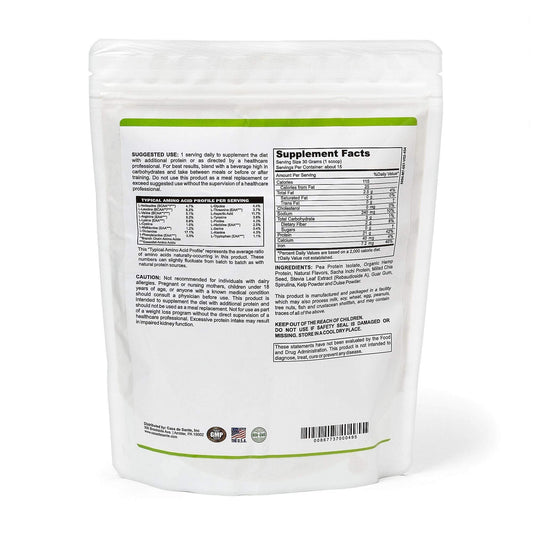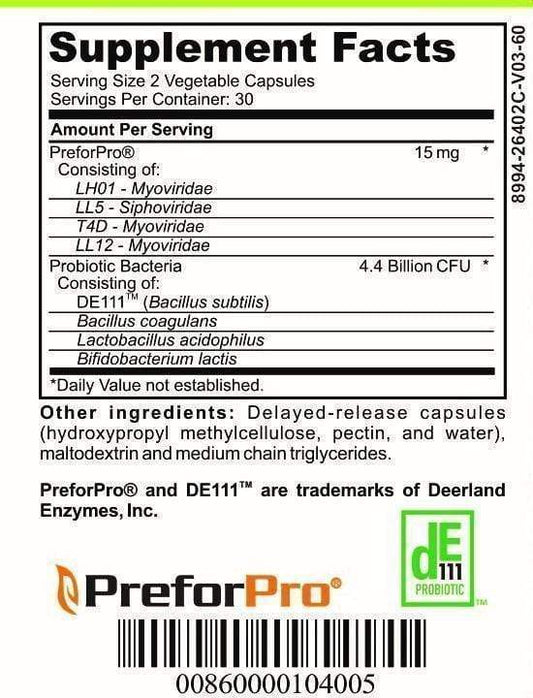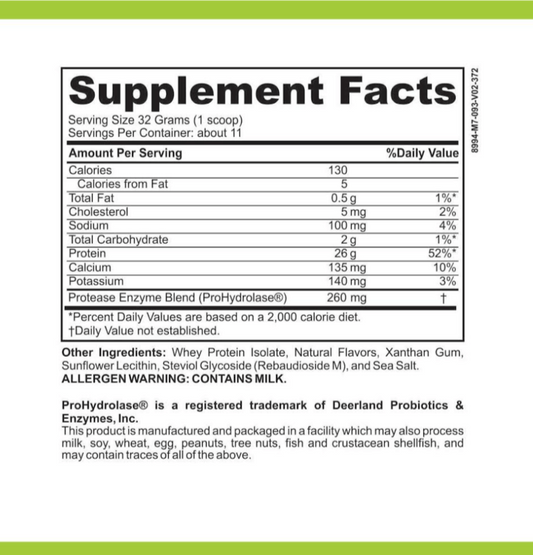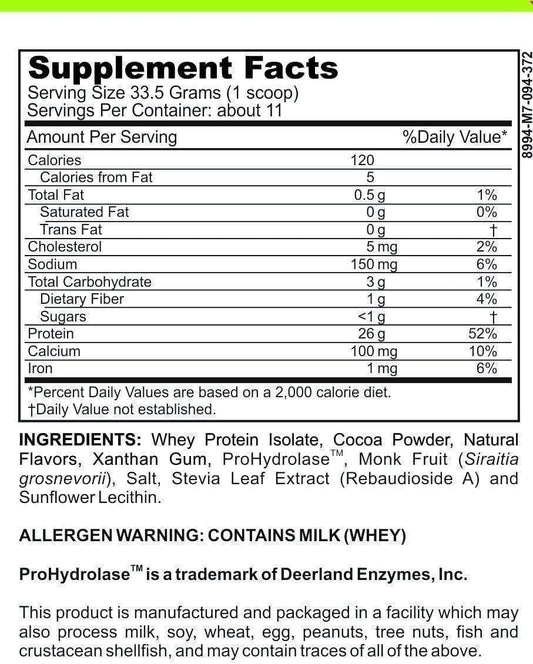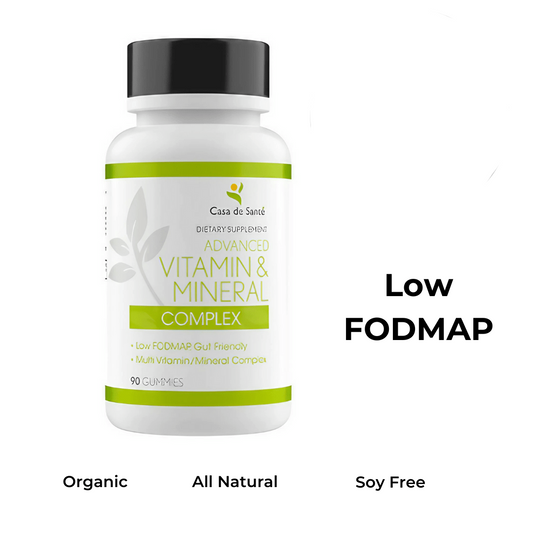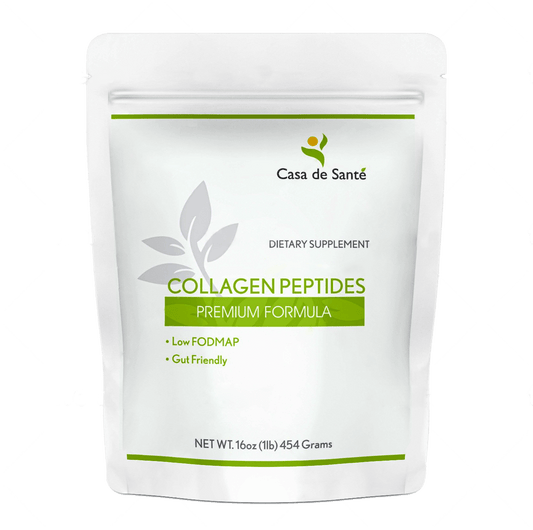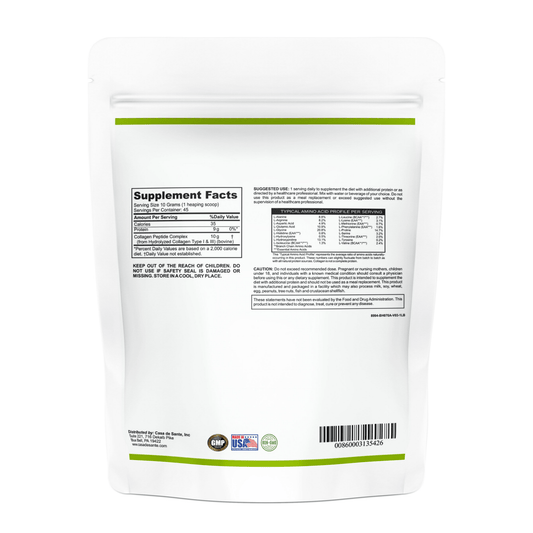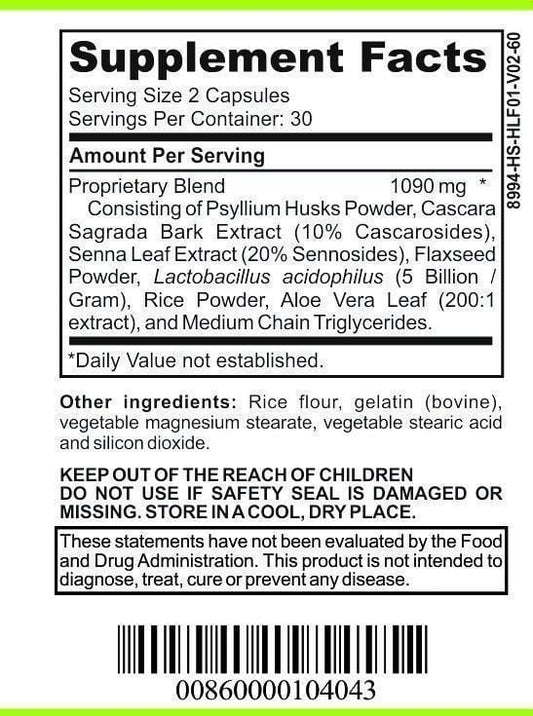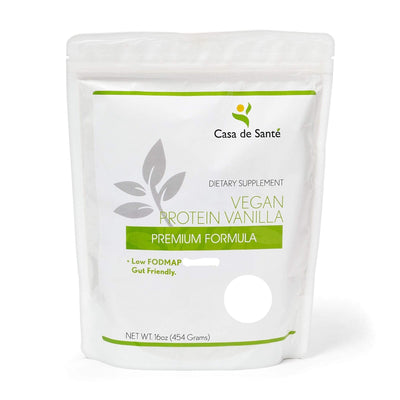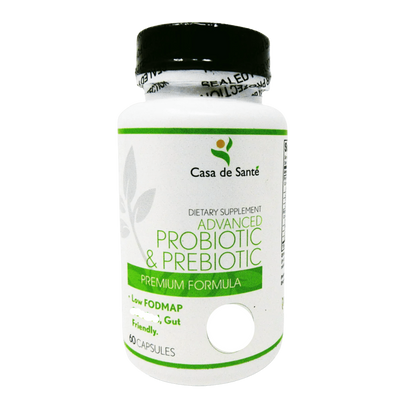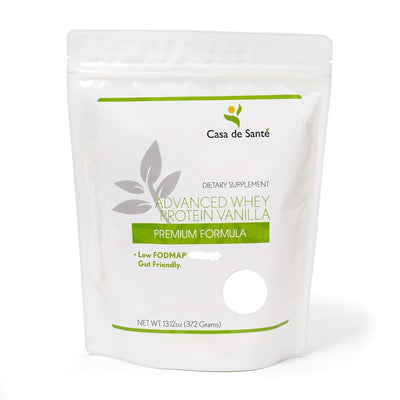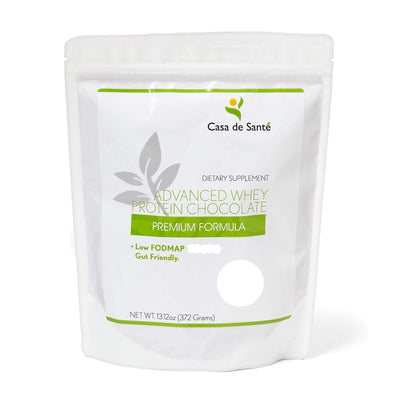Ingredients for Making Almond Milk Whipped Cream
Ingredients for Making Almond Milk Whipped Cream
Do you love the fluffy and creamy goodness of whipped cream but want a dairy-free alternative? Look no further than almond milk whipped cream. In this article, we will take you through the basics of almond milk whipped cream, the essential ingredients needed to make it, how to choose the right almond milk, step-by-step instructions for creating this tasty treat, and tips on serving and storing it.
Understanding the Basics of Almond Milk Whipped Cream
What is Almond Milk Whipped Cream?
Almond milk whipped cream is a dairy-free alternative to traditional whipped cream made from dairy milk. It offers a lighter texture and a subtle almond flavor, making it a versatile topping for desserts, fruit bowls, pancakes, and more. Whether you follow a vegan or dairy-free diet or simply prefer the taste of almonds, almond milk whipped cream is a delightful option.
When it comes to creating the perfect almond milk whipped cream, it's important to choose the right ingredients. Look for unsweetened almond milk, as this will allow you to control the sweetness of the final product. You can also add a touch of vanilla extract or almond extract to enhance the flavor.
Creating almond milk whipped cream is a simple process. Begin by chilling a can of full-fat coconut milk in the refrigerator overnight. The next day, carefully open the can and scoop out the solid coconut cream that has separated from the liquid. Add this cream to a mixing bowl, along with some powdered sugar and a splash of almond milk. Using an electric mixer, beat the mixture until it becomes light and fluffy. The result is a luscious, dairy-free whipped cream that can be used in a variety of desserts.
Benefits of Almond Milk Whipped Cream
One of the significant benefits of almond milk whipped cream is its dairy-free nature. This makes it suitable for those with lactose intolerance or dairy allergies. Additionally, almond milk is naturally lower in calories and saturated fat than dairy milk, making it a healthier choice. Almonds are also a great source of vitamin E and minerals like calcium and magnesium, providing added nutritional value to the whipped cream.
Another benefit of almond milk whipped cream is its versatility. Not only can it be used as a topping for desserts, but it can also be incorporated into recipes. For example, you can fold almond milk whipped cream into a mousse or use it as a filling for cakes and pastries. Its light and airy texture make it a perfect addition to any sweet treat.
Furthermore, almond milk whipped cream is incredibly easy to make at home. With just a few simple ingredients and a mixer, you can whip up a batch in no time. This allows you to have fresh, homemade whipped cream whenever you desire, without the need for store-bought alternatives.
Almond milk whipped cream is not only a delicious and healthy alternative to traditional whipped cream, but it also offers a unique flavor profile that can elevate any dessert. Whether you're hosting a dinner party or simply treating yourself to a sweet indulgence, almond milk whipped cream is sure to impress.
Essential Ingredients for Almond Milk Whipped Cream
Almond Milk: The Star Ingredient
The essential ingredient for almond milk whipped cream is, of course, almond milk. Look for unsweetened almond milk for the best results. Almond milk is a plant-based alternative to dairy milk that is made by blending soaked almonds with water and then straining the mixture to remove any solids. This process results in a creamy and slightly nutty flavored milk that is perfect for creating a delicious whipped cream.
While you can choose store-bought almond milk for convenience, making your own almond milk at home allows you to have full control over the sweetness and flavor profile of your whipped cream. You can adjust the amount of almonds and water to achieve your desired consistency and taste. Plus, homemade almond milk is free from any preservatives or additives, making it a healthier choice.
Sweeteners for Your Whipped Cream
To enhance the natural sweetness of almond milk whipped cream, you can add a sweetener of your choice. There are several options available, depending on your preferences and dietary restrictions. Powdered sugar is a common choice as it easily dissolves into the whipped cream and adds a subtle sweetness.
If you prefer a more natural sweetener, you can use maple syrup or agave nectar. These liquid sweeteners not only provide sweetness but also impart a unique flavor to the whipped cream. Alternatively, you can use vanilla extract to add a hint of vanilla flavor to your almond milk whipped cream.
It's important to note that when adding sweeteners to your whipped cream, you should adjust the amount according to your taste preferences. However, be mindful not to overdo it, as too much sugar can affect the texture and stability of the whipped cream.
Stabilizers and Their Role
Stabilizers are optional ingredients that can help maintain the structure and prevent the whipped cream from deflating too quickly. While almond milk whipped cream is naturally lighter and less stable compared to traditional dairy whipped cream, adding stabilizers can improve its texture and longevity.
Popular stabilizers for almond milk whipped cream include cornstarch, arrowroot powder, or cream of tartar. These ingredients should be added in small amounts to avoid altering the taste or texture of the whipped cream. Cornstarch and arrowroot powder act as thickeners, helping to give the whipped cream a more substantial consistency. Cream of tartar, on the other hand, acts as a stabilizer by strengthening the structure of the whipped cream.
When using stabilizers, it's important to follow the recommended measurements to avoid overpowering the whipped cream with their taste. Additionally, it's worth noting that some people may prefer the lighter, more delicate texture of almond milk whipped cream without any stabilizers, so feel free to experiment and find what works best for you.
Choosing the Right Almond Milk
Almond milk has become a popular alternative to dairy milk, especially for those who are lactose intolerant or follow a plant-based diet. It is not only a great option for drinking on its own, but it can also be used in various recipes, including whipped cream. When it comes to almond milk, you have the option of using store-bought or homemade versions for your whipped cream.
Store-Bought Almond Milk
Store-bought almond milk offers convenience and a consistent flavor profile. It is readily available in most grocery stores, saving you time and effort. With store-bought almond milk, you can simply grab a carton off the shelf and start using it right away. It also comes in different flavors, such as vanilla or chocolate, which can add a unique twist to your whipped cream.
One of the advantages of store-bought almond milk is that it undergoes a standardized production process, ensuring a consistent taste and texture. This can be beneficial if you want your whipped cream to have a predictable outcome every time you make it. Additionally, store-bought almond milk often contains added vitamins and minerals, making it a nutritious choice.
Homemade Almond Milk
Making your own almond milk allows you to have complete control over the ingredients and customize the taste according to your preference. It can be a fun and rewarding process, as you get to experience the satisfaction of creating something from scratch.
When making homemade almond milk, you start by soaking raw almonds in water, which helps soften them and remove any bitterness. After soaking, the almonds are blended with fresh water and strained to separate the pulp from the milk. This process results in a creamy, homemade almond milk that can be used in various recipes, including whipped cream.
One of the advantages of homemade almond milk is that you can experiment with different flavors and add-ons. For example, you can infuse your almond milk with a hint of cinnamon or vanilla extract to enhance the flavor of your whipped cream. You can also adjust the sweetness level by adding natural sweeteners like dates or honey.
Unsweetened vs Sweetened Almond Milk
When selecting almond milk for whipped cream, it is generally recommended to opt for unsweetened varieties. The absence of added sugars ensures that you have full control over the sweetness of your whipped cream. This is particularly important if you are using the whipped cream as a topping for desserts that are already sweet.
However, if you prefer a touch of sweetness in your whipped cream, you can choose lightly sweetened almond milk. Lightly sweetened almond milk provides a subtle sweetness that can complement the flavors of your desserts without overpowering them. When using sweetened almond milk, it is important to adjust the amount of additional sweeteners, such as powdered sugar or maple syrup, accordingly.
Ultimately, the choice between unsweetened and sweetened almond milk depends on your personal taste preferences and the specific recipe you are making. It is always a good idea to experiment with both options and see which one suits your needs and enhances the overall flavor of your whipped cream.
Step-by-Step Guide to Making Almond Milk Whipped Cream
Preparing Your Ingredients
Before you start making almond milk whipped cream, make sure your ingredients are chilled. Place your mixing bowl and beaters in the refrigerator for about 15 minutes to ensure they're cold. This step will help the almond milk whip up faster and hold its shape better.
The Whipping Process
Start by pouring your chilled almond milk into the cold mixing bowl. Begin whisking the almond milk on low speed to incorporate air. Gradually increase the speed as the almond milk thickens. Once the desired whipped cream consistency is reached, add your sweetener and stabilizer, if desired, and continue whisking until fully mixed.
Be mindful not to overwhip the almond milk, as it can lead to a grainy texture. Keep an eye on the whipped cream and stop beating once it holds stiff peaks and has a smooth, creamy texture.
Tips for the Perfect Whipped Cream
For optimal results, follow these tips:
- Use a stainless steel or glass mixing bowl to keep the almond milk cold during the whipping process.
- Avoid using plastic bowls, as they can retain heat and affect the texture of the whipped cream.
- Ensure your beaters or whisk attachment are clean and dry before whipping the almond milk.
- Chill your whipping utensils in the refrigerator before using them to keep everything cold.
- Whip the almond milk gradually, starting at low speed and gradually increasing to prevent splattering.
- Stop whipping once you achieve the desired consistency to avoid overwhipping.
Serving and Storing Almond Milk Whipped Cream
Best Ways to Serve Almond Milk Whipped Cream
Almond milk whipped cream is incredibly versatile and pairs well with a variety of desserts. Serve it atop fresh berries, pies, cakes, or hot beverages like hot chocolate or coffee. Its light and airy texture will elevate your favorite treats and add a touch of almond flavor.
How to Store Your Whipped Cream for Later Use
If you have leftovers or want to make almond milk whipped cream in advance, transfer it to an airtight container and store it in the refrigerator. Almond milk whipped cream stays fresh for up to three days. Keep in mind that the texture may slightly change after refrigeration, so give it a gentle whisk or stir before using it again.
Conclusion
Almond milk whipped cream is a delightful dairy-free alternative that adds a creamy and fluffy touch to your favorite desserts. With just a few essential ingredients and a straightforward process, you can create this tasty treat at home. Experiment with different flavor variations and enjoy the lightness and subtle nutty flavor of almond milk whipped cream.


